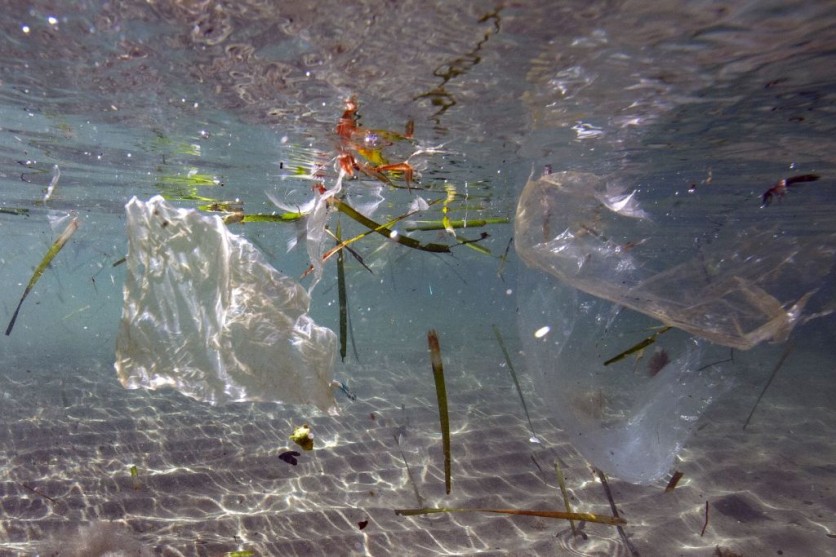Plastic has become an essential element of our daily lives, finding its way into a wide array of products, including but not limited to toys, apparel, household items, electronic devices, automobiles, and even our infrastructure. Yet, the environmental challenges associated with the life cycle and disposal of plastics are undeniable.
Biodegradable, Self-Healing Plastic
To address these pressing issues, there is a growing imperative for developing alternatives that boast heightened durability, extended utility, and enhanced recyclability.
A team of researchers from the University of Tokyo has unveiled a novel plastic material that outshines current standard type in several aspects.

Interesting Engineering reported that this material has garnered recognition for its exceptional strength and elasticity compared to the prevailing standard options. Additionally, it possesses a remarkable capacity to self-repair when subjected to heat, retains its original form, and exhibits partial biodegradability.
This innovative, eco-friendly plastic material results from incorporating the polyrotaxane molecule into an epoxy resin vitrimer, a somewhat new type of plastic. This material, named VPR, can maintain its structural integrity and possesses robust internal chemical bonds even at low temperatures.
However, when exposed to temperatures exceeding 150 degrees Celsius, these chemical bonds reconfigure, allowing the material to be reshaped into various forms.
Furthermore, the researchers made a noteworthy observation regarding VPR's behavior. When subjected to both heat and a specific solvent, it undergoes a disintegration process, breaking down into its fundamental components.
One of the most remarkable features of VPR is its interaction with seawater. After immersing the material in seawater for a month, it experienced a 25% biodegradation.
During this process, the polyrotaxane component decomposed into a food source for marine life, highlighting its potential ecological benefits. According to its press release, this research was led by Project Assistant Professor Shota Ando from the Graduate School of Frontier Sciences.
Known for its superior strength, elasticity, and self-repair capabilities, this represents a significant advancement over the conventional types of plastics. It can mend itself much faster, recover its original shape more swiftly, and undergo chemical recycling at an accelerated rate, outperforming typical vitrimers.
An intriguing aspect is its ability to safely biodegrade in a marine environment, a feature previously unseen in materials of this kind. Polyrotaxane, a material that enhances the toughness of various materials, played a pivotal role in achieving these attributes.
As demonstrated by the origami crane showcased in an accompanying video, the improved durability of the plastic allowed for the creation and retention of complex shapes, even under low-temperature conditions.
Read Also: This Genetically Engineered Bacteria Can Degrade Plastics-Can It Clean Our Oceans?
Reducing Plastic Waste
The research team underscores the versatile potential of this groundbreaking material in promoting a circular economy. EurekAlert reported that it holds the promise of facilitating resource reuse and reducing waste across various industries, including manufacturing, healthcare, and sustainable fashion.
Following this breakthrough, the team's next steps involve collaborating with various companies to evaluate the practical applicability of VPR. They also plan to pursue further refinements and advancements in the material's properties through ongoing laboratory investigations.
Related Article : New Marine Bacteria Capable of 'Eating' Plastic Waste in Oceans Discovered by Researchers

ⓒ 2025 TECHTIMES.com All rights reserved. Do not reproduce without permission.




